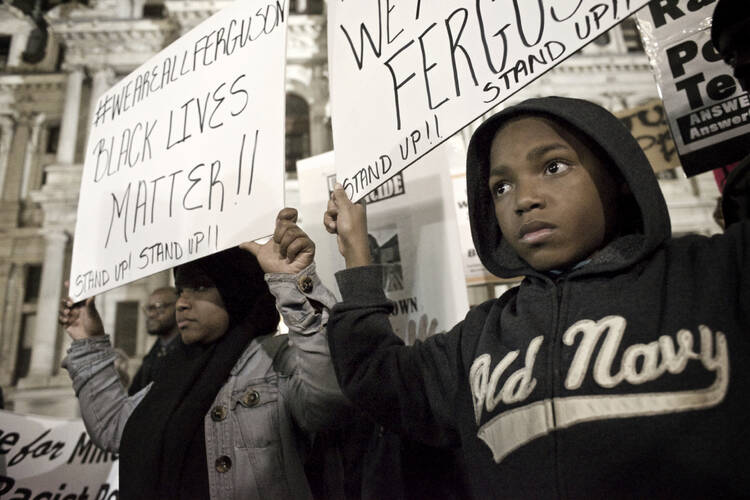Two carloads of Mississippi teens drove into Jackson for no other reason than to beat up the first black person they came across. It was not the first excursion to what the boys called “Jafrica,” where they would target vulnerable African-Americans who were not likely to go to the police. But this time the victim would not remain nameless. James Craig Anderson was standing in a motel parking lot when the gang beat him to the ground, ran him over with a large pickup truck and yelled “white power” as they left him for dead. This heinous murder occurred not 50 years ago but five.
On Feb. 29, 2016, U.S. District Judge Carlton Reeves ordered four of the primary co-conspirators—each already sentenced in February 2015 to seven to 50 years—to pay $840,000 in restitution to Mr. Anderson’s estate. In an impassioned speech at the original sentencing hearing, Judge Reeves recounted the savage history of “Old Mississippi” and noted the state “has struggled mightily to reinvent itself” from the legacy of slavery and lynching. And yet these young people lived their whole lives in the “New Mississippi,” raised in its families and educated in its schools.
Likewise, the racial hatred surfaced by this year’s presidential campaigns has its roots not just in 1860 or 1960 but in modern institutions and hearts. A former Ku Klux Klan grand wizard has endorsed the Republican frontrunner; two men in Boston yelled “Donald Trump was right” as they brutally beat a Latino man; and some 30 black students were thrown out of a Trump rally at their own college. Many find it easier to see these incidents as relics of the “old America,” reminiscent of Jim Crow, rather than as signs of our time. But the progress of the civil rights era was neither perfect nor permanent. And today, as bigoted voices are raised and amplified, Americans must respond with more than dismayed silence.








